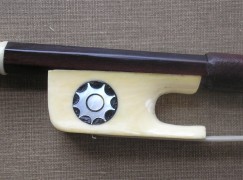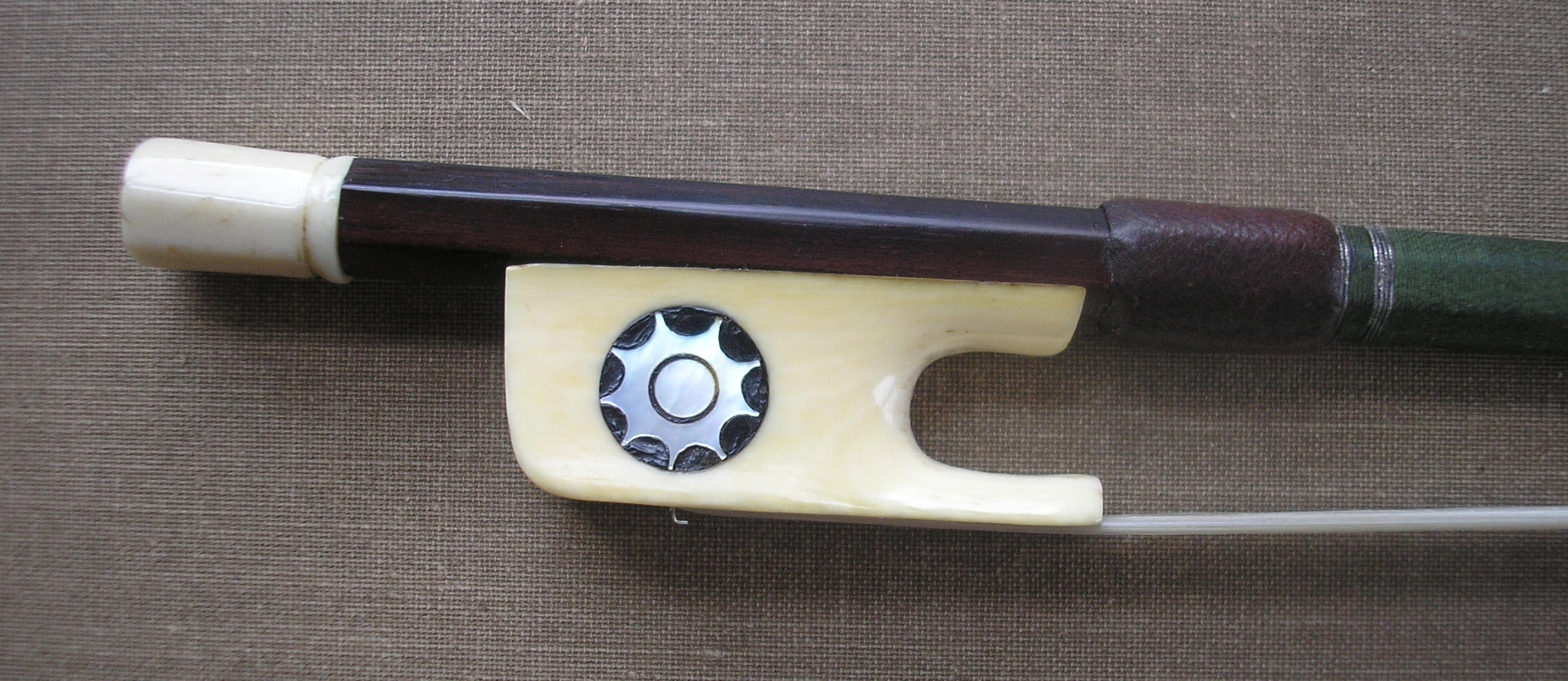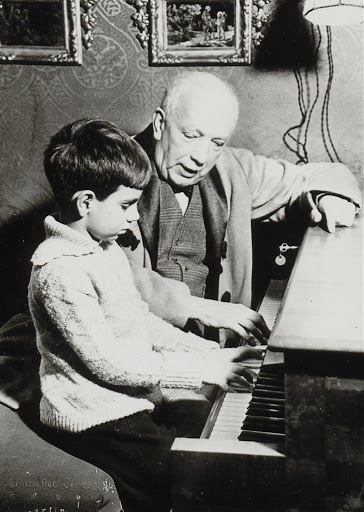French site stops instrument thieves with embedded chip
mainAnipo is a group of musicians who are working on a stop-thief implant that can be placed in all instruments.
It’s early days yet, but you can read the plans here (in French).
By containing the history of the instrument, the bow or the baton, the device will also help you avoid difficulties atb border control with, for instance, new ivory rules.







Comments